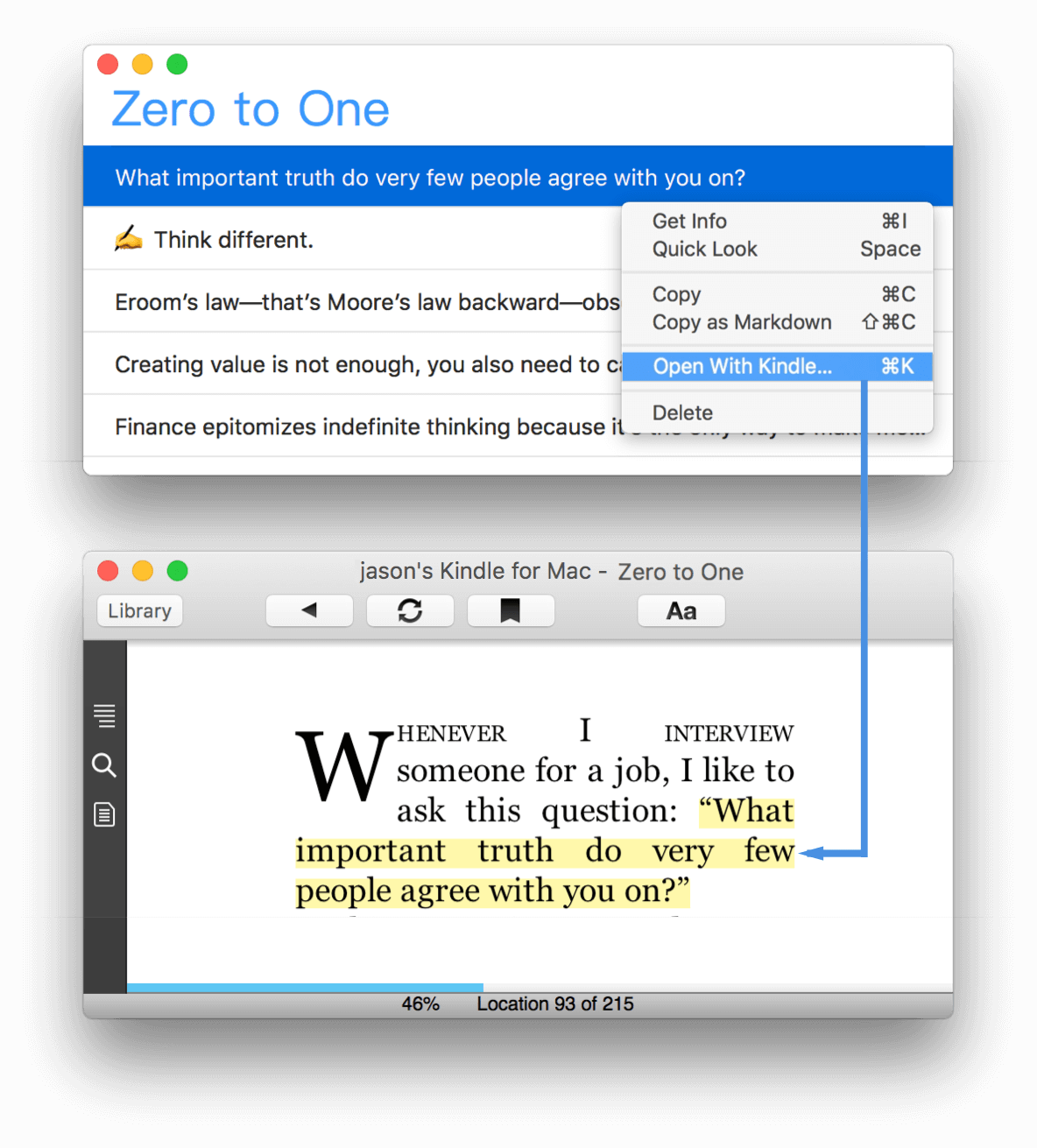

Install Azure Data Sync Agent on-premises The best way to understand how it works is with an example, so let's replicateĭata between an Azure SQL Database and an on-premises SQL Server 2019 instance. At the time of the writing of this tutorial, Azure SQL Managed instances are For the above scenarios, there are specific solutions for each case that haveīetter performance. Replicas, ETL processes and migrations (delta migrations are acceptable). Not recommended scenariosĪzure SQL Data sync is not recommended for: disaster recovery, read-only To check the complete list of limitations you can check the Snapshot isolation must be enabled on involved databases. Tables involved must have a primary key defined and cannot be changed while For on-premises member databases, you need to download and install theĭata Sync agent (we will see this later this tip). What is needed?Īs we mentioned before you need a hub database, this must be an Azure SQL Database. This databaseĬannot be deleted while is part of a sync group. You must create a sync metadata database in the same region and subscriptionĪs the Hub database, Microsoft recommends that this is an empty database. Member databases can be Azure SQL databases or on-premises databases. The hub database manages the sync data with the member databases. Of data to be available on other regions to minimize latency.ĭata Sync uses an Azure SQL Database as a hub or central database, then you defineĪ sync group to include the databases to be synchronized. Globally distributed applications: if you want a specific set.

Purposes on a cheaper environment to offload processing tasks from main database. Offload work: to have a specific set of data using for reporting.Hybrid environments: capability to have data on-premises and.Microsoft Documentation, these are the suggested uses for Azure Data Sync: This technology permits us to synchronize dataĪcross multiple databases in Azure or on-premises.


 0 kommentar(er)
0 kommentar(er)
